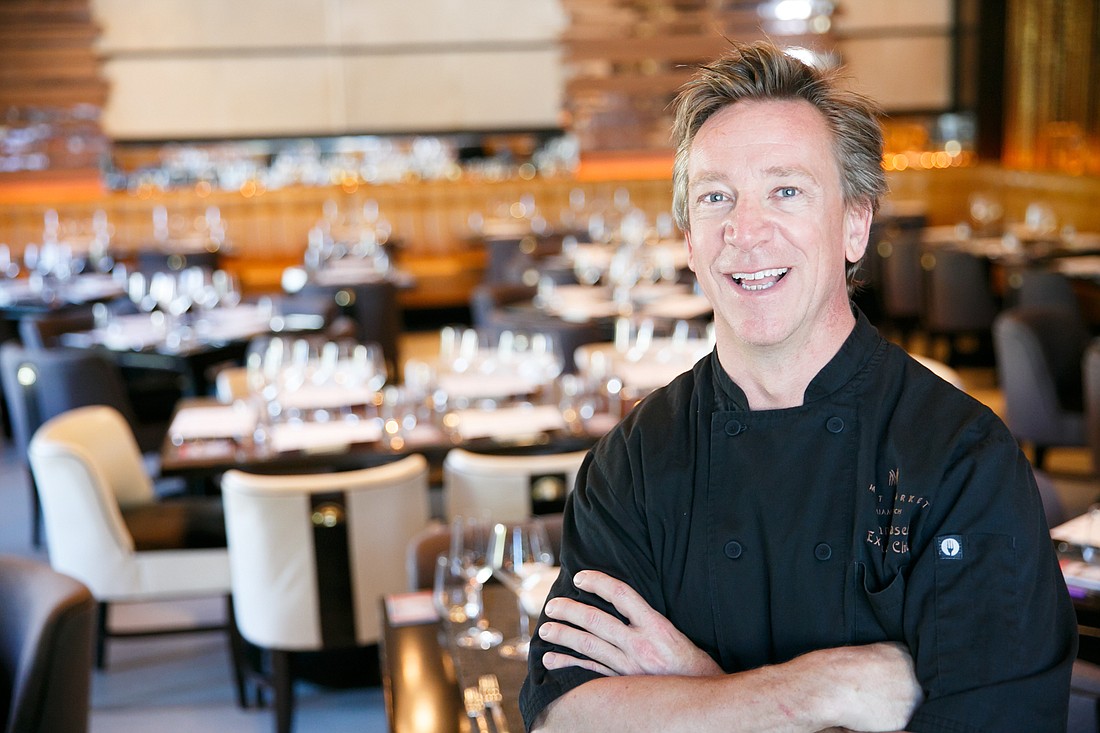- November 16, 2024
-
-
Loading

Loading

While some restaurants have successfully been able to shift to takeout, curbside pickup and delivery service only to survive the COVID-19 crisis, the transition has been a struggle for many fine-dining eateries, where ambience and personalized attention are part and parcel of the experience patrons pay for. A few have even had to shut their doors.
Not so for Meat Market, the steakhouse chain co-founded by Sean Brasel, who also serves as executive chef. Brasel, along with his business partner David Tornek, launched the first Meat Market in Miami in 2008; the concept has since expanded to Tampa, Palm Beach and San Juan, Puerto Rico.
Brasel, who now resides in Tampa after relocating from Miami, tells Coffee Talk that reinvention — not merely adaptation — has been key to Meat Market’s survival.
“We basically redid an entire takeout menu,” he says, “and every two weeks we change it, to freshen it up.” That gives diners a reason to come back, as does the restaurant’s to-go cocktail program, which provides Meat Market’s signature drinks in plastic jugs that can be taken home.
Another success was packaging up full dinners for two, four or six people, Brasel says. That move proved to be a hit over the Easter weekend, when families were looking to enjoy a nice sit-down meal together. “We were a lot busier than anticipated,” Brasel says. “We are going to keep the packaged meals on the menu. We’re always innovating because the environment has changed so much for us.”
Brasel says he’s done all of this without having to make significant cuts to pricing. Instead, he’s adding new items to the takeout menu — like sandwiches and gnocchi — that generally cost less and are more suitable for pickup and delivery.
“I look at the price point [at which] people want to spend,” he says. “Obviously when you come into my restaurant, you come for an experience and that might include a $100 steak. But when you’re doing takeout, a $100 steak just doesn’t translate the same.”
Brasel says he’s had to furlough some staff members, but he’s paying them more than they would receive from unemployment insurance because he doesn’t want them looking for other jobs. He says it would be too expensive to train new workers once Meat Market is able to again operate at full strength. “It could cost $100,000 in training to reopen a restaurant,” he says.